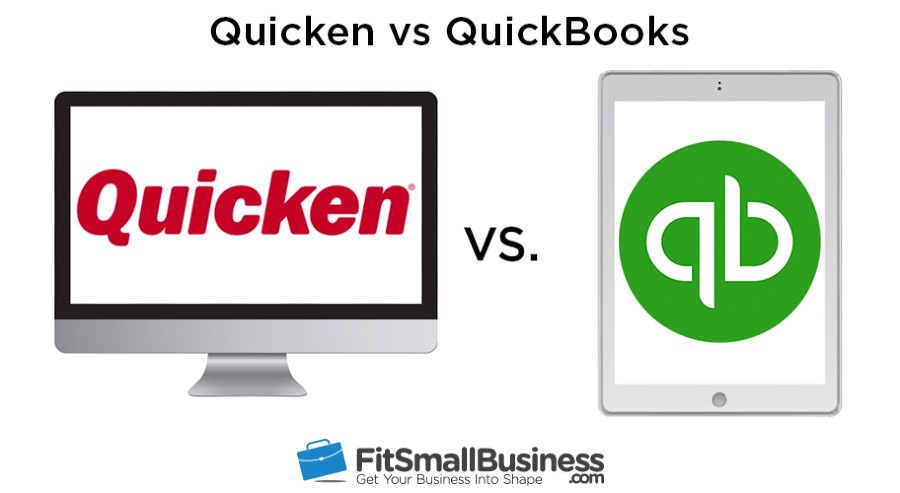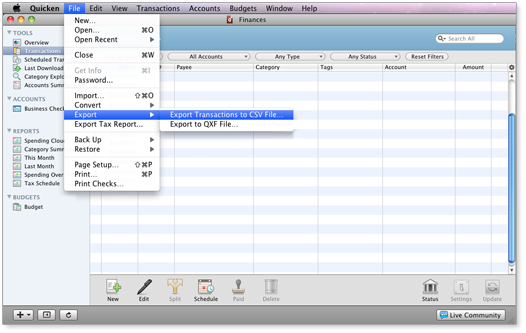

That amounted to 15 years of financial data. I converted all of my Quicken 2007 data into Quicken Essentials. The first step in exporting your Quicken Essentials data is to take stock of where you are in the process. Let’s get started moving you from Quicken Essentials to iBank 4. Even worse, Quicken Essentials might take the parent transaction Memo and put it on one of the children if that child transaction doesn’t have a Memo, it’s crazy! I have to re-build the parent based on the totals of the children. Quicken Essentials only exports the child transactions in a split, not the parent. Do you have a split transaction? Does that split have a parent transaction that may have a different Memo from each of the child transactions? Too bad, it’s gone.

Finally, they actually fail to export certain key pieces of data. I’m sure that was the whole point of them doing it, but it frustrated me. That makes it very difficult to programmatically parse. The export they perform is more of a Register Report than an actual export of transactional data. Things like the type of file, dates, subtotals, totals, balances, filter criteria, basically garbage. Worse than exporting invalid CSV, they’ve also filled the file with lines of data that were not actually in the source file. If anyone at Intuit is reading this, please fix the format, it would make it so much easier. I’ve put “CSV” in quotes, because what Intuit exports isn’t even valid CSV ( Comma Separated Values) format. First, Intuit only allows for exporting a single account at a time, and then, only in a “CSV” format. I’ve eluded to it in my previous article The Dirty Little Secret in Quicken Essentials…You Lose Your Data, but I want to take a moment to just outline how complex this undertaking was for me. Some background on why this is so difficult. It wasn’t easy for me, but it will be a lot easier for you, thanks to some programming magic. Moving out of Quicken Essentials and into iBank. I’ve spent the last three weeks doing just that. They are preventing you, once you’ve converted to Quicken Essentials, from ever exporting your data again for use in any other software, including their own! (no exporting into TurboTax anymore) Intuit is locking you into the Quicken family and there is very little reason why they would ever provide a way back out, other than consumer demand. Intuit, with Quicken Essentials 2010 for Macintosh, has stolen your data. This decision has been a year in the making.
Quicken for mac keep check dates upgrade#
I recommended that previous Quicken users go ahead and upgrade to Quicken Essentials, which I did. Finally, I had a decision to make: Quicken Essentials or iBank 3? You can read my conclusion in the article Quicken Essentials for Mac – The Bare Minimum. I wrote a review of iBank 3: iBank – Your Quicken Alternative. I was looking for alternatives to Quicken, and iBank seemed like a good choice. You can read about that interview in my article Intuit Responds – Quicken Essentials 2010 for Mac. I ended up interviewing Aaron Patzer, the GM/VP of Personal Finance at Intuit, and the founder of, which had just been acquired by Intuit.

So much so that I got the attention of senior people inside the Intuit organization. Why Bother? I fired up the Macintosh Quicken community. I vented that frustration in my article titled, Quicken Essentials 2010 for Mac. Back in February of 2010, I was terribly frustrated with the direction that Intuit was taking with Quicken for Macintosh, or the lack thereof.
Quicken for mac keep check dates software#
Some quick background for any readers who are experiencing my personal saga with Macintosh Finance software for the first time. That’s not something anyone likes to admit, but when I’m wrong, I’m wrong, I’ll admit it.


 0 kommentar(er)
0 kommentar(er)
